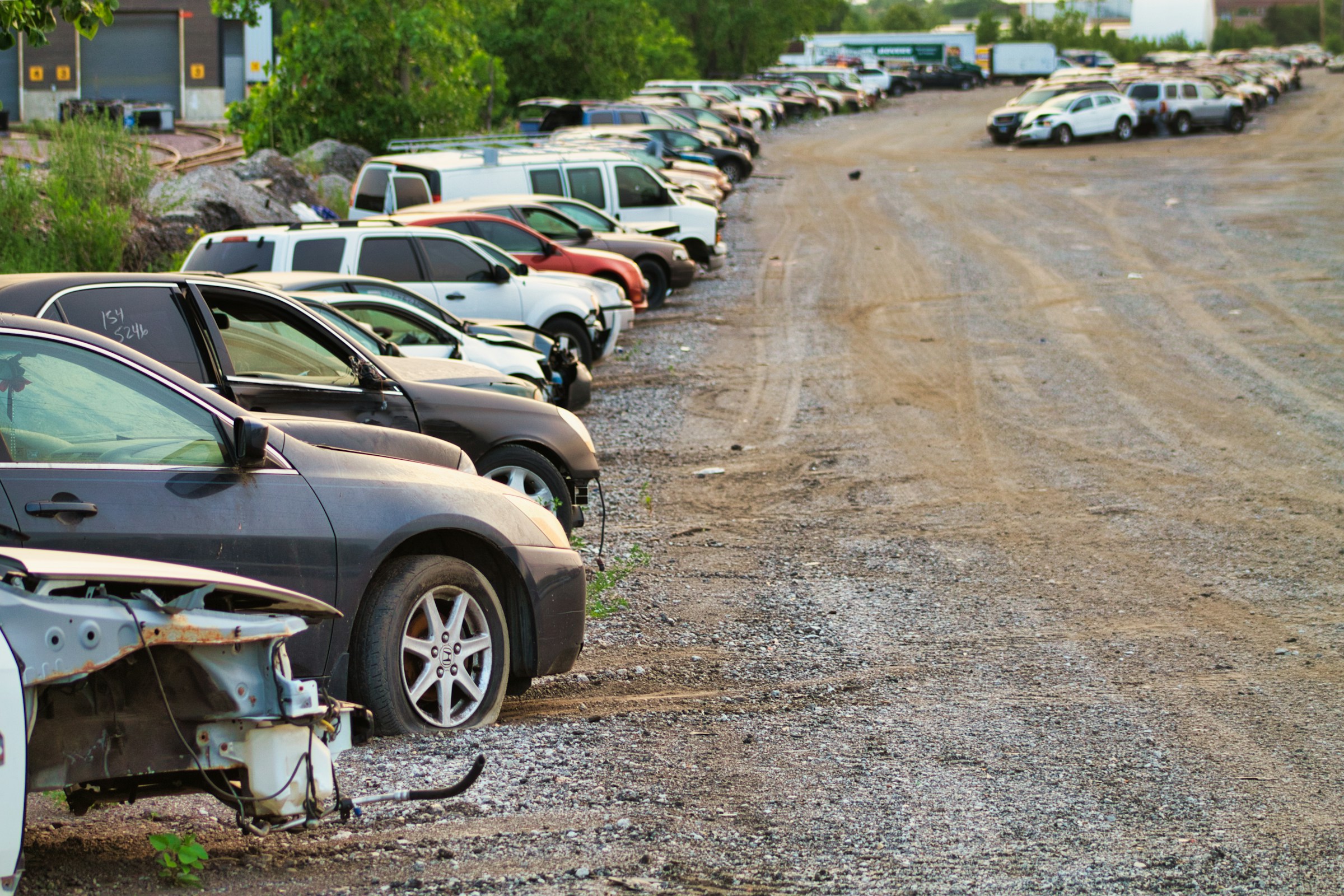The auto salvage and recycling industry is riding the wave of innovation and environmental consciousness, transforming the way we view and handle end-of-life vehicles. As sustainability becomes a global priority, the sector is evolving with new trends that are not only eco-friendly but also economically beneficial. This exploration into the top trends in auto salvage and recycling will unveil the most revolutionary practices redefining the industry.

The Rise of Electric Vehicle (EV) Recycling
With the surge in electric vehicle production, the industry faces new challenges and opportunities in recycling EVs. Unlike traditional vehicles, EVs contain batteries with rare and valuable materials. The development of specialized processes for safely dismantling and recycling EV batteries is a trend that’s picking up speed, aiming to recover precious metals and reduce environmental hazards.
Global Collaborations for Environmental Impact
The auto salvage and recycling industry is increasingly recognizing the importance of global collaborations. Partnerships between countries, companies, and environmental organizations are fostering the exchange of best practices, technologies, and policies. These collaborations aim to amplify the positive environmental impact of recycling efforts on a global scale, addressing challenges like waste management and resource scarcity.
Local initiatives, such as those in the Chicago area, are pivotal in driving the success of global recycling efforts. By linking local action with broader environmental goals, the impact of recycling can be felt more immediately in communities, fostering a culture of sustainability from the ground up.
Data-Driven Decisions
The digital transformation has not spared the auto salvage and recycling sector. Data analytics is becoming a powerful tool in maximizing efficiency and profitability, enabling recyclers to make informed decisions about inventory management, part pricing, and customer demand forecasting. This trend highlights the shift towards a more strategic and data-driven approach in the industry.
Consumer Participation and Awareness
A pivotal trend transforming the industry is the growing role of consumers in the recycling process. Awareness campaigns and incentive programs are encouraging vehicle owners to choose auto recycling over abandonment or landfill disposal. As consumers become more environmentally conscious, their participation is crucial in driving the demand for recycled parts and materials, further propelling the industry forward.
Green Parts Harvesting
In an era where sustainability is king, the practice of green parts harvesting is gaining momentum. This trend focuses on the meticulous dismantling of vehicles to salvage reusable parts, significantly reducing the need for new manufacturing and minimizing waste. From engines to mirrors, the demand for green parts is surging, presenting an eco-efficient alternative to brand-new parts.
Enhancing Recycling Infrastructure
To keep up with the burgeoning demand for auto recycling, enhancing recycling infrastructure has become imperative. Investments in modern facilities and equipment are critical to expanding the industry’s capacity and capabilities. Such improvements not only streamline the recycling process but also ensure the environmental and safety standards are upheld, making the practice more accessible and efficient for businesses and consumers alike.
The Role of Policy and Regulation
As the auto salvage and recycling industry evolves, so do the policies and regulations surrounding it. Governments worldwide are beginning to implement stricter guidelines and incentives to promote eco-friendly recycling practices. These regulations are instrumental in shaping the industry, pushing it towards more sustainable and responsible operations. They also play a crucial role in ensuring that the benefits of auto recycling are maximized, both environmentally and economically.
Advanced Recycling Technologies
Technological advancements are revolutionizing the auto recycling process. Innovations such as high-precision dismantling robots and advanced shredding techniques enable recyclers to process vehicles more efficiently and recover materials that were previously considered too difficult or costly to recycle. These technologies are not only boosting recycling rates but are also making the process safer and less labor-intensive.
Expanding the Scope of Recyclable Materials
The scope of materials considered recyclable within the auto industry is expanding. Research and innovation are leading to the discovery of new methods to recycle materials that were once thought to be non-recyclable. This includes everything from the foam used in seats to the various plastics and composites used throughout the vehicle. As these methods become more mainstream, they further diversify the recycling opportunities within the industry, contributing to a more comprehensive approach to vehicle recycling.

Sustainable Materials Recovery
Materials recovery is leaning towards sustainability with a focus on recycling plastics, glass, and rubbers found in vehicles. Innovations in sorting and processing technologies have improved the quality and efficiency of material recovery, promoting the reuse of these materials in manufacturing new products. This not only helps in reducing the environmental footprint but also supports the circular economy model.
Conclusion
The auto salvage and recycling industry is at a crossroads, with sustainability and technological innovation leading the way. The trends outlined above, along with the recent additions, illustrate a shift towards more eco-friendly practices, advanced recycling technologies, global collaboration, and an expanding scope of recyclable materials. As the industry continues to adapt and evolve, it holds the promise of a greener future, transforming challenges into opportunities for environmental stewardship and economic growth. The journey towards a more sustainable auto salvage and recycling landscape is well underway, charting a course towards a cleaner planet and a circular economy.
Article Last Updated: May 5, 2024.










